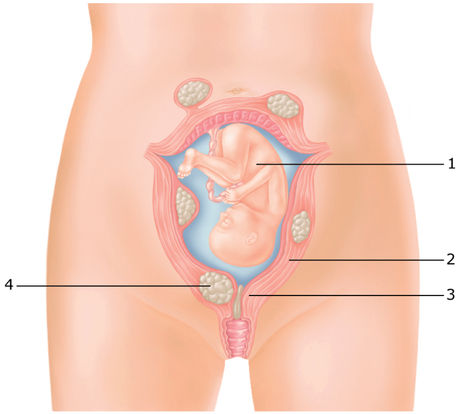19 weeks and 6 days pregnant

You will become much more aware of your baby moving as her size and strength increase. You will not be aware of the more gentle movements, or those movements that do not hit the side of the uterus.
You’re likely to experience some backache as your baby grows in size and your body continually adapts to accommodate her.
The increasing weight of your developing baby, and the fact that your joints and ligaments soften in pregnancy, can cause backache, but thankfully you don’t just have to put up with this pain. There are many simple ways in which you can ease backache or even prevent it.
See your doctor to make sure that the problem and its exact location is properly diagnosed. This way you’ll have more chance of stopping it from becoming worse. A common problem, often in later pregnancy, is sciatica – a sharp pain that travels down the back and leg.
To nip backache in the bud, try the following:
-
Have a warm bath or use a hot-water bottle on the painful area.
-
Ask your partner to give you a lovely back rub, or book yourself a massage with an experienced antenatal practitioner.
-
Go to yoga or Pilates classes to strengthen your back muscles.
-
Watch your posture , and raise your legs when seated.
-
Ensure your car seat is properly positioned to support your back.
In the second trimester, fibroids – benign masses of muscle fibre within the uterine wall, or occasionally attached to it – can become problematic. Increased levels of the hormones oestrogen and progesterone during pregnancy encourage them to grow along with the uterus.
In some circumstances, the rapid growth of a fibroid causes the centre of it to degenerate, leading to severe pain in the uterus and abdomen. When this occurs, the pregnant woman is advised to rest in bed and will be prescribed painkillers, which usually resolves the problem. Fibroids that do not cause discomfort do not require treatment.
Fibroids will not usually affect the developing baby, but if a large fibroid is positioned low down in the uterus or near to the cervix it can prevent the baby from descending into the pelvis, and a Caesarean delivery will be necessary.
Once the baby is born and the uterus shrinks, fibroids also usually shrink to their pre-pregnancy size.

Potential sites of fibroids
Cervical fibroid may make Caesarean necessary
Uterus
Cervix
Baby
Be the first to support
Be the first to share
Comment (0)
Related Blogs & Vlogs
No related events found.
Loading more...